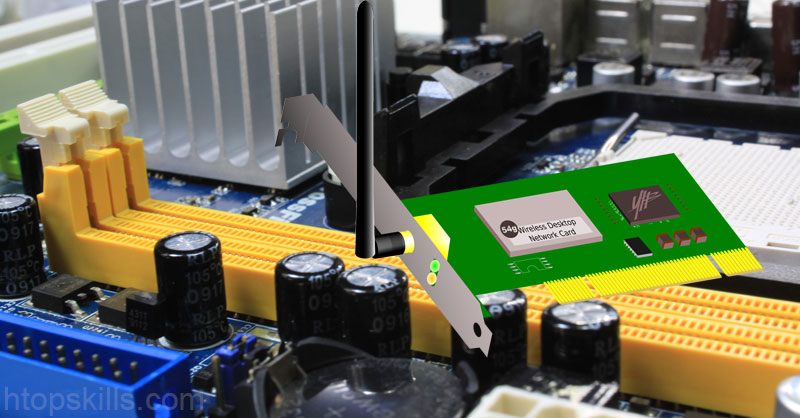In Windows 10, a loopback adapter is a virtual interface that you can use to make internal connections and to make external connections to your virtual machines.
This post provides information you need to install a loopback adapter in Microsoft Windows 10.
Installing a loopback adapter in Windows 10
- Go to the Windows 10 search bar, type Device Manager, then select Device Manager.
- Select an item in the list.
- Go to action, then choose add legacy hardware.
- Click next.
- Choose install the hardware that I manually select from a list (Advanced) and click next.
- Click network adapters, then click next.
- Select Microsoft and choose Microsoft KM-TEST Loopback Adapter, then click next.
- Click next, then click finish.
The installation of the Windows Loopback Adapter is complete. Now check if you see the Loopback Adapter in your Windows 10 operating system. Open command prompt, type the command below, then press Enter.ipconfig/all
How to configure a loopback adapter in Windows 10
The configuration of a loopback adapter is identical to any other network card that you have in your computer. By default, the network card automatically receives network settings, such as IP address, gateway, DNS, but if you don’t want to, you can configure your loopback adapter to use static configuration.
Removing a loopback adapter in Windows 10
- Navigate to the Windows 10 search box, type device manager, then choose device manager in the search result.
- Select network adapters and expand it.
- Right click on Microsoft KM-TEST loopback Adapter, then choose uninstall device.
- Select uninstall, then click OK.
How to install Microsoft a loopback adapter in Windows 10
What To Read Next
- How to Make VirtualBox Full Screen Windows 10
- Enable remote desktop on Windows 10
- How to turn on Bluetooth on Windows 10
- Run Windows Command Prompt as Administrator
If you like the content of this post or if it has been useful to you, please consider sharing it on your social media and follow me on Facebook and Twitter for more exclusive content.

